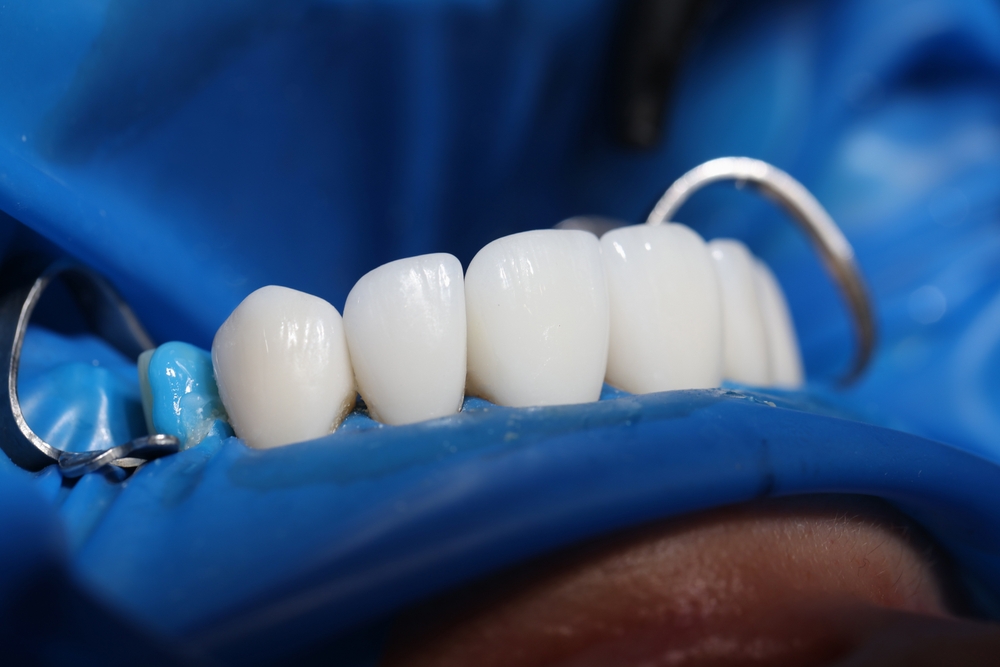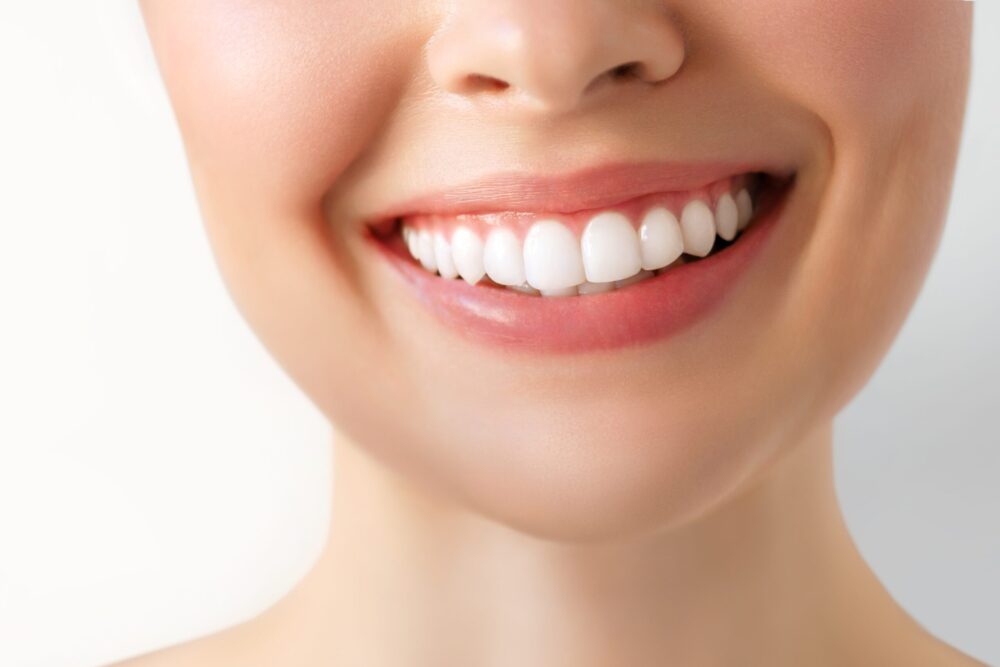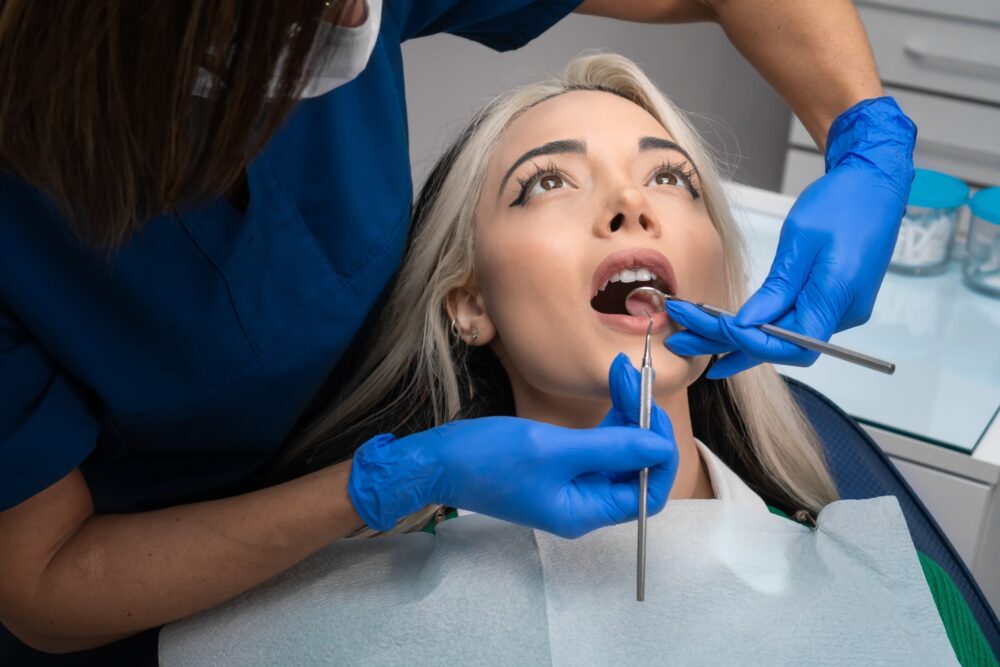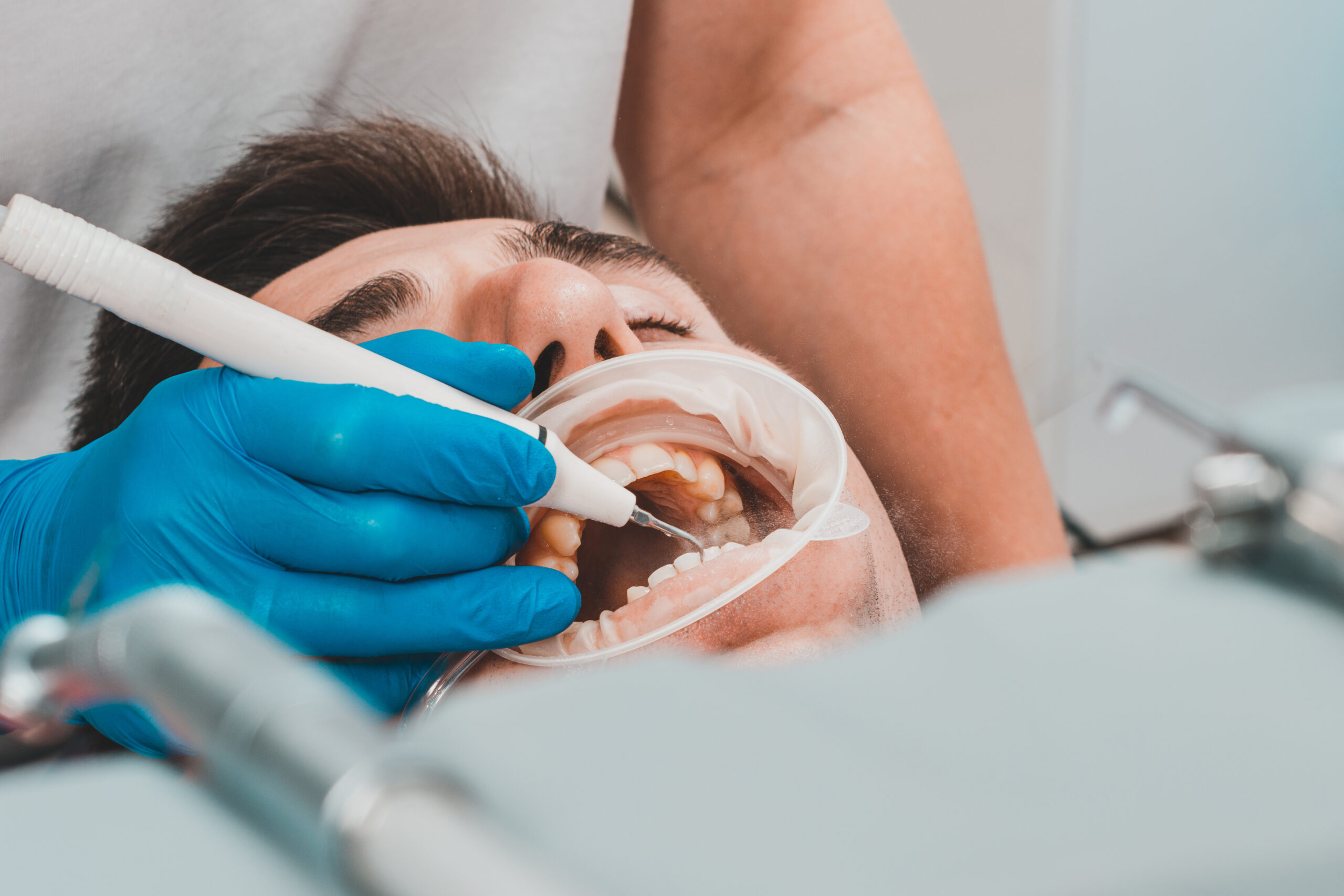Perhaps you have heard the term periodontal disease or seen posters about the topic in your dentist’s office, but you aren’t sure what it is or whether it is something you should be worried about. Keep reading to get answers to the top 10 frequently asked questions regarding periodontal disease and learn about periodontal disease treatments or what steps you can take to protect your oral health.
1. What is periodontal disease?
Periodontal disease is also known as periodontitis and/or gum disease. Essentially, it is an infection that occurs around the soft tissue of the tooth and can also affect supporting bones. Infections can form as bacteria attaches to the tooth, accumulates around the tooth, and causes inflammation. If the infection is left untreated, it can eventually lead to tooth loss and other health problems.
2. What are common symptoms of periodontal disease?
Those with periodontal disease will notice that their gums are red, swollen, and tender. Inflamed gums will also bleed after brushing and flossing and periodontal abscesses or pockets of pus can form around the teeth. Drainage from those pockets can be foul-tasting.
Eventually, the gums will begin to recede and leave more of the tooth exposed. In the most severe cases, the periodontal ligament, which helps connect teeth to bones, will become damaged and teeth will begin to fall out. Other common symptoms include bad breath, loose and cracked teeth, noticeable shifting of teeth and pain while eating. Remember that healthy gums should be a pale pink color and provide even coverage of the teeth.
3. How is periodontal disease diagnosed?
A regular cleaning and dental checkup appointment will include a periodontal evaluation. Your dentist or hygienist will look to see if you’re gums are bleeding or inflamed and use a probe to measure the amount of space between your teeth and your gums. Using all this information, they will determine whether you are healthy or which stage of periodontitis you are experiencing.
4. Who is at higher risk for periodontal disease?
While age is the biggest risk factor when it comes to periodontal disease, there are other factors that can increase your chances of having periodontitis. Those who smoke, are obese, or have poor nutrition are at a higher risk. Diseases, such as diabetes, cardiovascular disease and arthritis, can also lead to more oral health issues. In addition, certain medications have been shown to increase risk, so be sure to talk to your doctor and your dentist when you start new medications. Finally, there are also some genetic links to periodontal disease although most risk factors can be mitigated with lifestyle changes.
5. Can periodontal disease cause other health problems?
It is important to remember that your oral health is directly tied to your overall health. If you are experiencing inflammation and a build-up of bacteria in your mouth, this can quickly spread to the rest of your body and cause additional problems. Research shows that gum disease can increase your chances of experiencing other chronic conditions including: cancer, respiratory disease, heart disease, and Alzheimer’s. That is why it is important to prevent and periodontal disease and treat it during the early stages.
6. What are periodontal disease treatments?
Once you have been diagnosed with periodontal disease, there are several effective periodontal disease treatments that can help restore your oral health. If you are in the early stages of the disease, your dentist will conduct a thorough periodontal cleaning and may recommend scaling and root planing, which is a non-surgical treatment that involves removing plaque from the teeth and then smoothing any rough spots that plaque and bacteria are prone to cling to. This will help prevent bacteria from returning and allow the gums to grow back and protect the teeth.
For more advanced cases, you may require pocket reduction, gum grafts, or bone grafts. All of these periodontal surgeries are designed to effectively remove bacteria and damaged gums and bone so that they can regrow and help you enjoy better oral health.
7. How much do periodontal disease treatments cost?
Costs will vary depending on the type of treatment you require and whether or not your insurance covers the cost of treatment. Fortunately, most dentists now offer payment plans and other financing options so that you can afford the treatment you need. Instead of putting off periodontal disease treatments, talk to your dentist about different payment options so that your periodontal disease doesn’t progress and lead to other health problems.
Here at Allred Family Dentistry, we accept payment through CareCredit. If you have never heard of CareCredit, take a look. You can finance your treatment with zero interest or charge for three to six months.
8. How can I prevent periodontal disease?
Practicing good oral hygiene is the best way to prevent periodontal disease. Even if you are at an increased risk for periodontal disease or you have already received treatment, brushing and flossing with regular professional cleanings are important. These preventative measures will help you eliminate bacteria and catch the first signs of gingivitis and periodontitis before they are able to progress to the point where you require surgical intervention.
9. What are dental hygiene best practices?
While best practices can vary from patient to patient depending on their health, there are some general rules of thumb that you should be following. Make sure that you are brushing for at least two minutes at a time and getting full coverage of your entire mouth. You should also brush and floss at least twice a day and visit your dentist every six months for a cleaning and a check-up. If you have been lax about your dental hygiene, you may want to increase the frequency of both brushing and professional cleanings. Be sure to ask your dentist for other dental hygiene recommendations that can help address your specific needs and help you establish a personalized care plan.
10. What should I ask my dentists about periodontal disease?
Keep in mind that your dentist will examine your gum health and evaluate whether you are experiencing any signs or symptoms of periodontal disease during your biannual checkups. However, you can be proactive about preventing gum disease by communicating your concerns with your dentist and ask them if there are any specific measures you should be taking to protect your oral health and prevent disease. They will be able to take into account your medical history, any medications you might be taking, and other factors to help you create a plan of action that will keep you healthy.
While most younger patients aren’t dealing with periodontal disease, it is still important to take the time to understand potential problems and what preventative measures you can put in place. Start by identifying weaknesses in your own oral hygiene routine and working to make improvements. If you aren’t brushing for a full two minutes, consider setting a timer or getting an electric toothbrush that will vibrate when it is time to switch sides. If flossing is your weakness, start leaving the floss next to your toothbrush as a gentle reminder. Finally, make an appointment with Allred Family Dentistry so that you can better understand your current oral health and get more expert advice and treatments.





